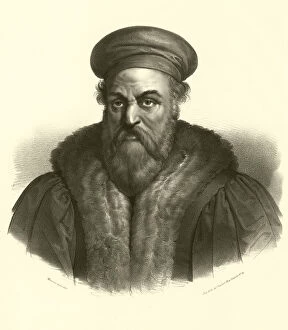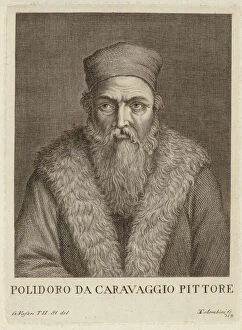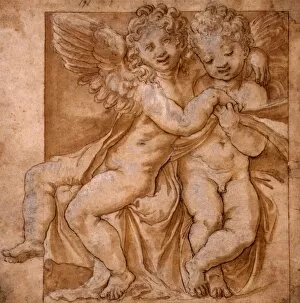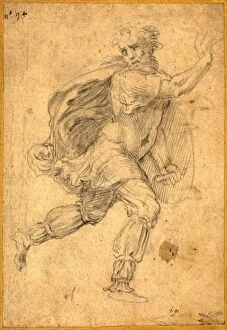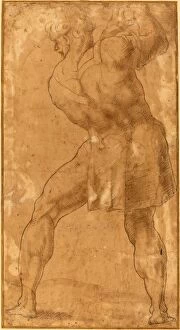Polidoro Collection
Polidoro, a name that echoes through the centuries, is associated with various artists and artworks
All Professionally Made to Order for Quick Shipping
Polidoro, a name that echoes through the centuries, is associated with various artists and artworks. One of the most notable figures is Polidoro de Caravaggio, also known as Polidoro Caravaggio. His work includes the famous "Blinding of Polyphemus" or "Polyphemos group, " created in the 1st century AD by Agesander and Athenodoros. Another renowned artist bearing this name is Polidoro da Caravaggio, whose portrait has been immortalized through engravings. The intricate details captured in these engravings showcase his talent and skill. Polidoro Caldara's artistry shines through his masterpiece titled "Two Putti. " This captivating artwork depicts two cherubic figures that exude innocence and charm. In Taddeo's drawing featuring an antique background copying facade, we witness his meticulous attention to detail. Every stroke brings life to ancient architecture, transporting us back in time. The mythological tale of Apollo pursuing Daphne takes on new meaning when viewed through Polidoro's eyes. As their toes transform into tree roots, we are reminded of nature's enduring power and beauty. A vessel adorned with grotesque masks and griffins populating its frieze showcases Polidoro's ability to create intricate designs that captivate our imagination. Lastly, Neptune rising from the sea bearing a staff accompanied by other mythical creatures evokes a sense of awe at both his strength and majesty. Throughout history, artists named they have left an indelible mark on the world of art. Their works continue to inspire generations with their creativity, attention to detail, and ability to transport us into different realms.


